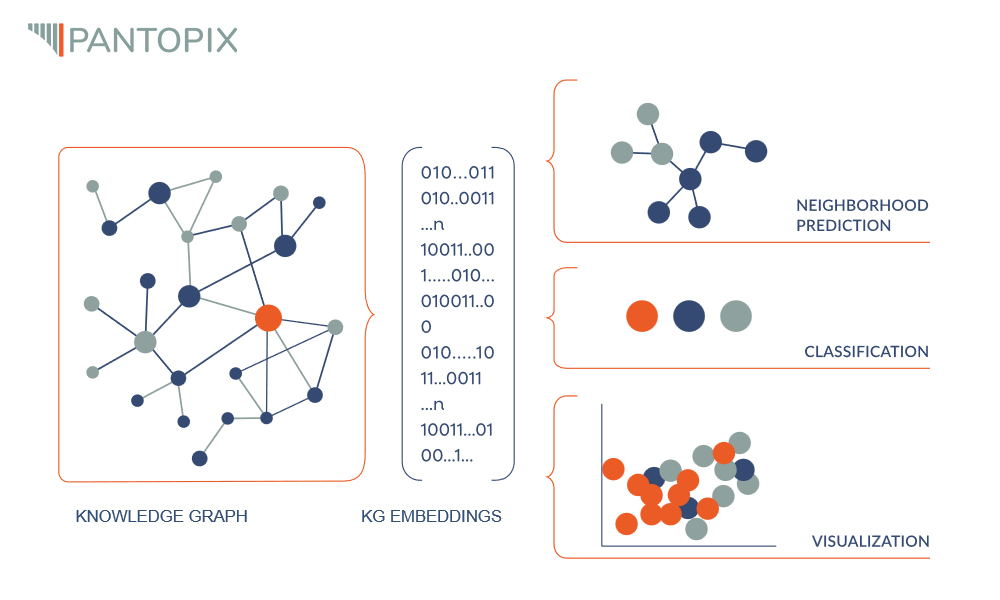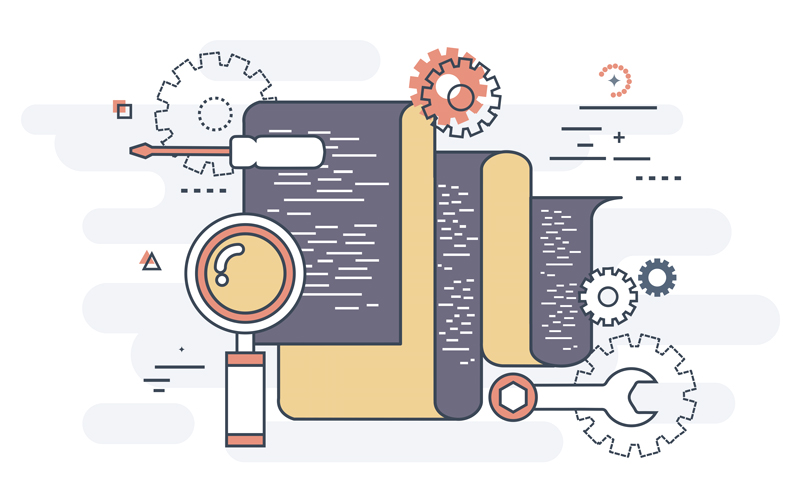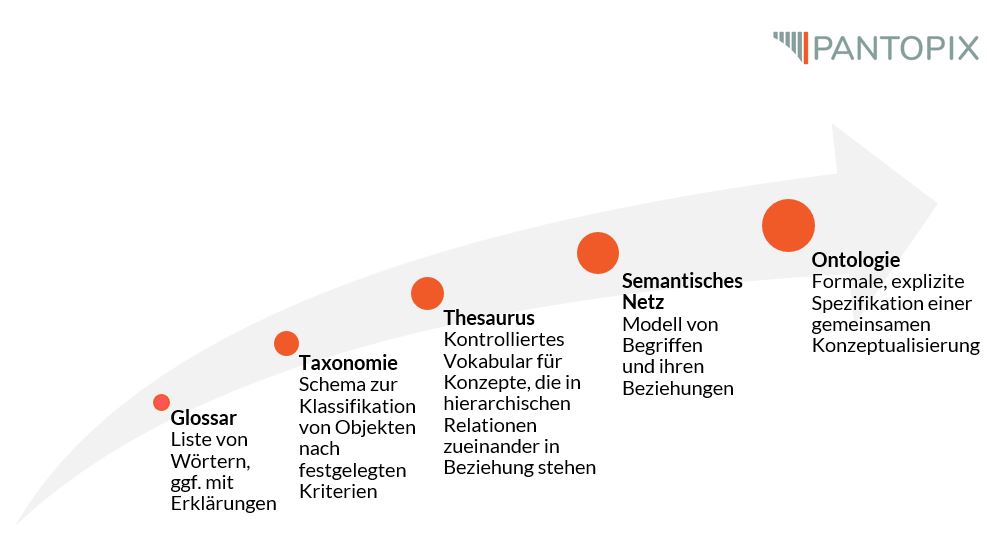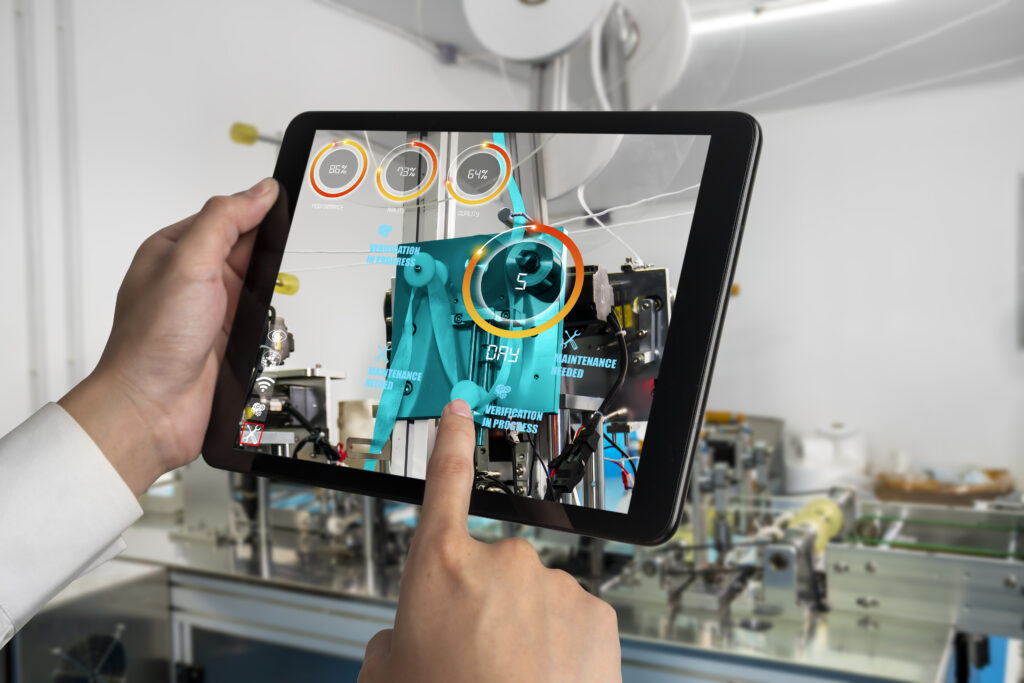Knowledge Graphs and Large Language Models: the perfect combination!
Out-of-the-box solutions for RAG systems are becoming increasingly widespread. They promise to make a company’s knowledge accessible from documents such as PDFs or Word files using Large Language Models (LLMs) in the form of a chat.
Knowledge Graphs and Large Language Models: the perfect combination! Read More »








